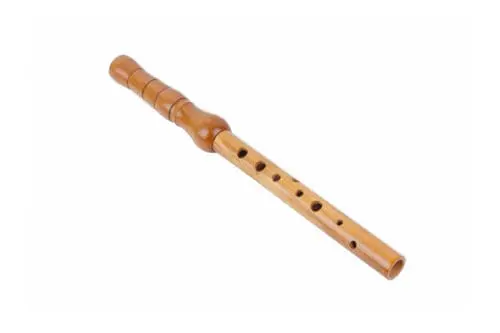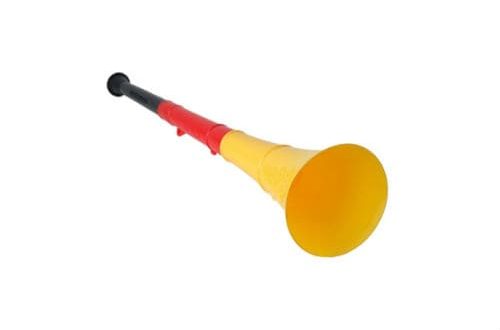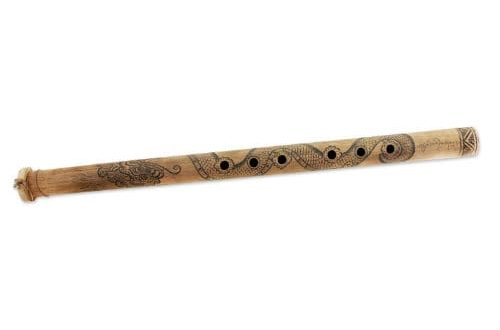
Sopilka: tool design, history of origin, use
Sopilka is a Ukrainian folk musical instrument. The class is wind. It is in the same genus with floyara and dentsovka.
The design of the instrument resembles a flute. The body length is 30-40 cm. There are 4-6 sound holes cut in the body. On the bottom there is an inlet with a sponge and a voice box, into which the musician blows. On the reverse side is a blind end. The sound comes out through the holes at the top. The first hole is called the inlet, located near the mouthpiece. It never overlaps with fingers.

Production material – cane, elderberry, hazel, viburnum needles. There is a chromatic version of the sopilka, also called a concert. Differs in additional holes, the number of which reaches 10.
The instrument was first mentioned in the chronicles of the Eastern Slavs of the XNUMXth century. In those days, shepherds, chumaks and skoromokhi played the Ukrainian pipe. The first versions of the instrument were diatonic, with a small range of sound. The scope of use for centuries did not go beyond folk music. In the XNUMXth century, the sopilka began to be used in academic music.
The first Ukrainian orchestras with a sopilka appeared in the 20s of the last century. Music teacher Nikifor Matveev contributed to the popularization of the sopilka and improved its design. Nikifor created diatonic and bass models of the Ukrainian flute. The musical groups organized by Matveev popularized the instrument during numerous concerts.
Design improvements continued until the end of the 70th century. In the XNUMXs, Ivan Sklyar created a model with a chromatic scale and a tonal tuner. Later, flute maker D.F. Deminchuk expanded the sound with additional sound holes.





